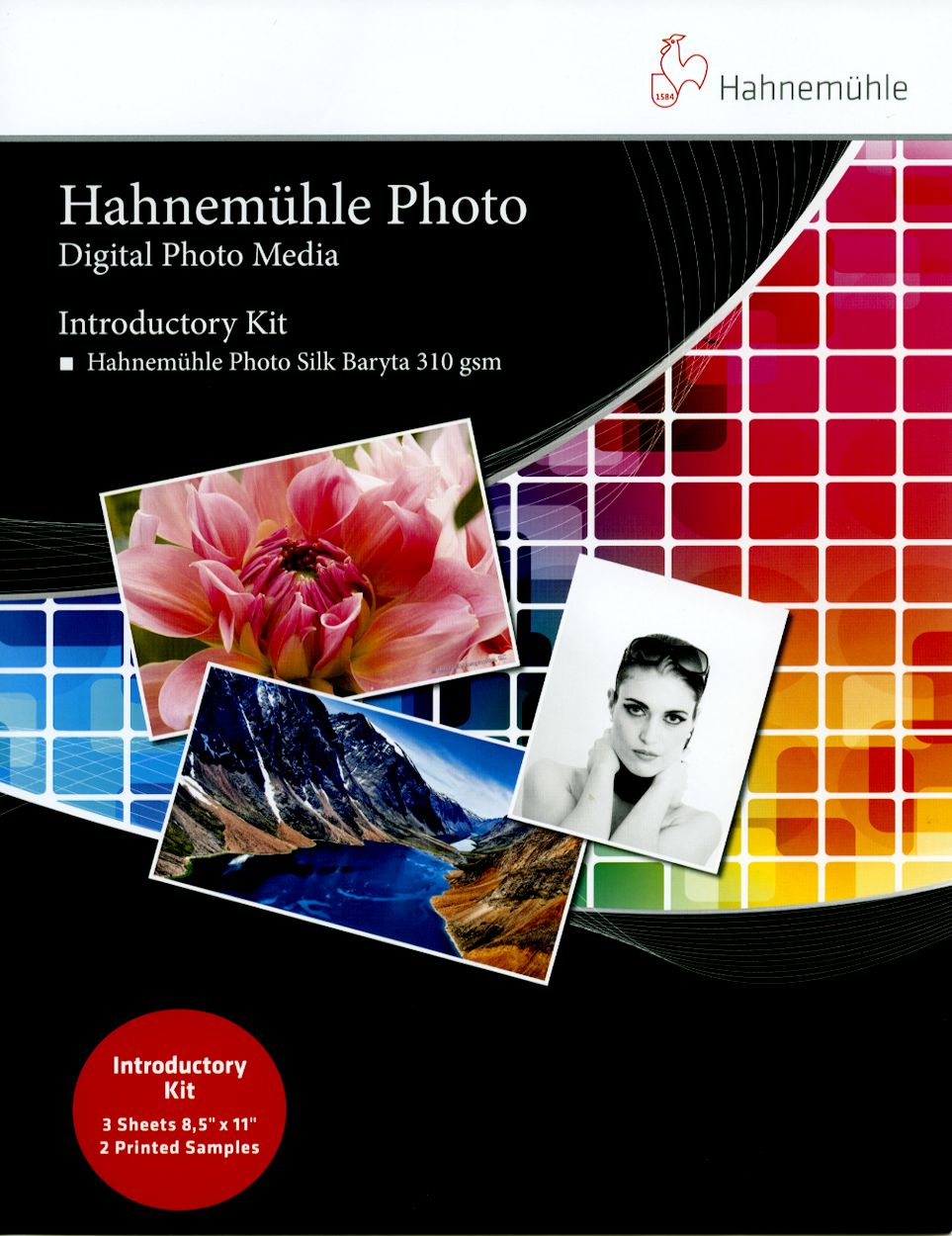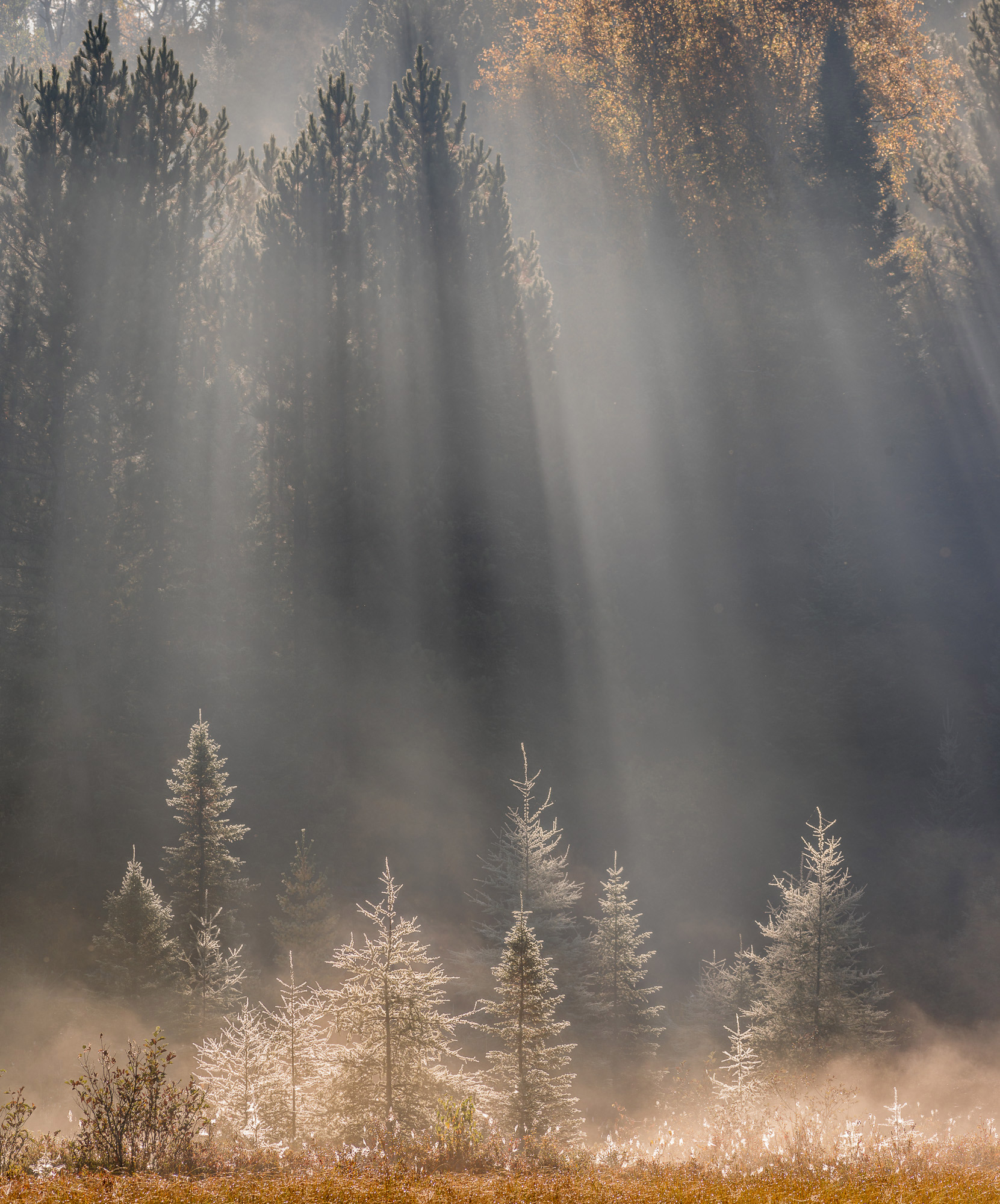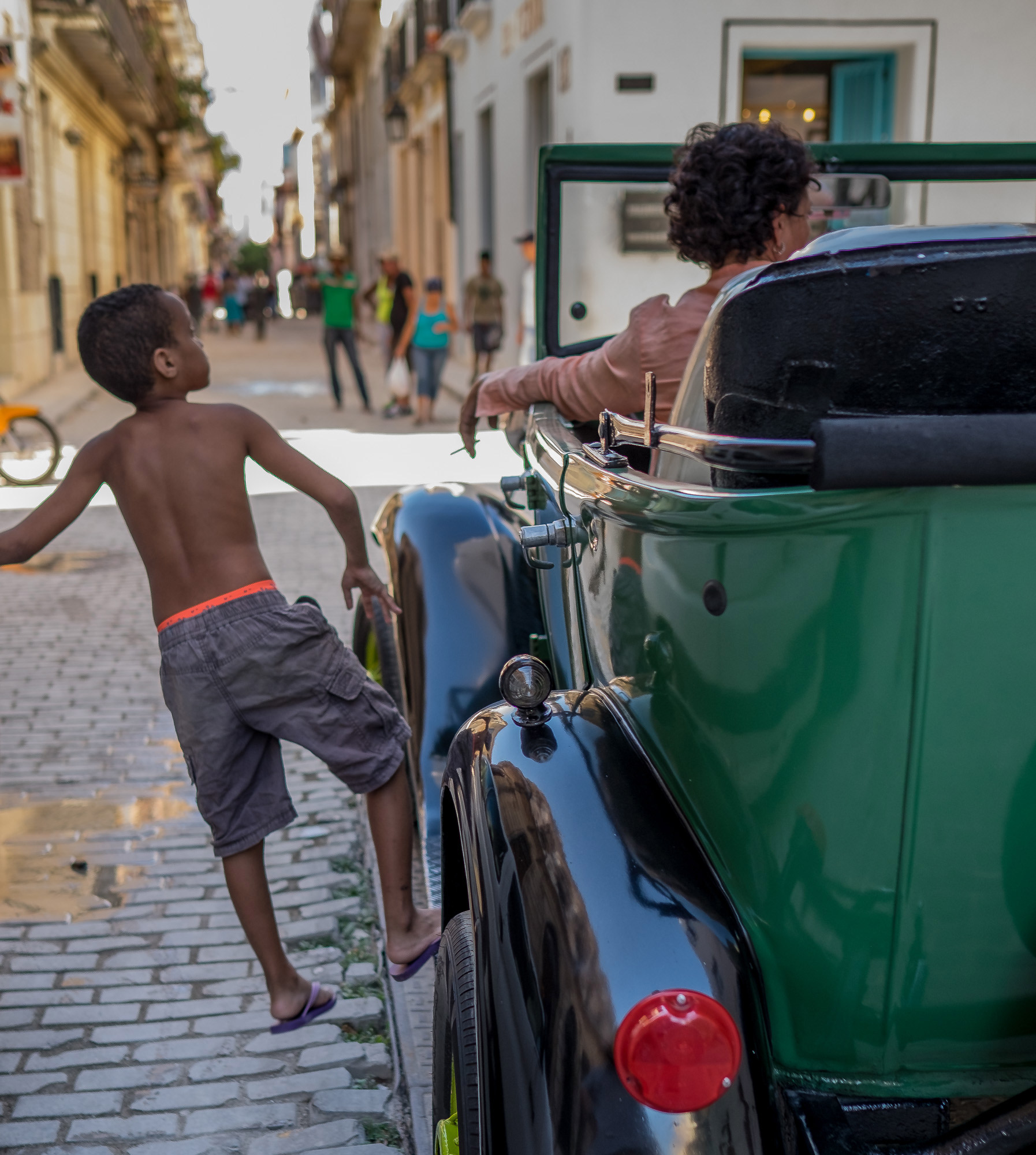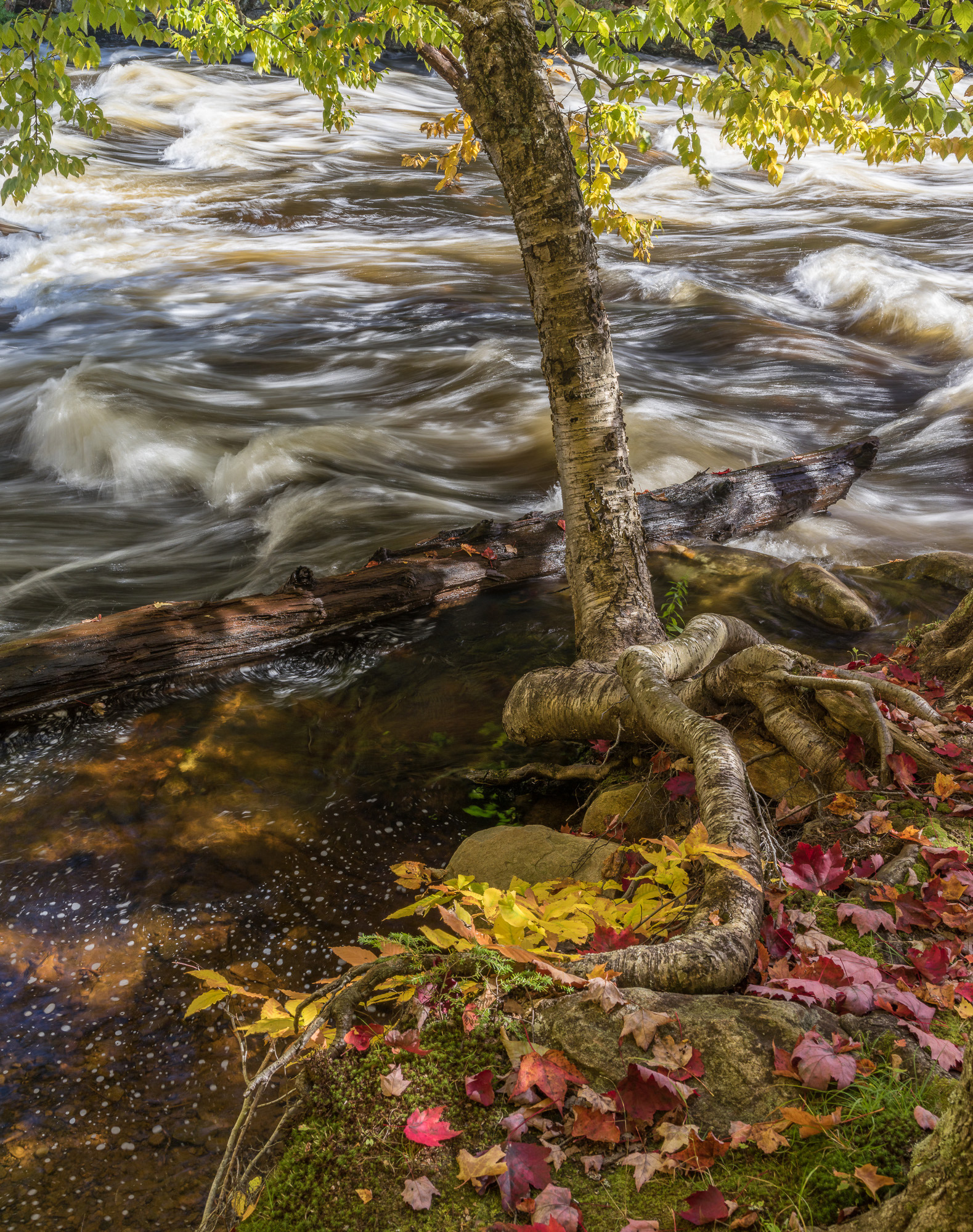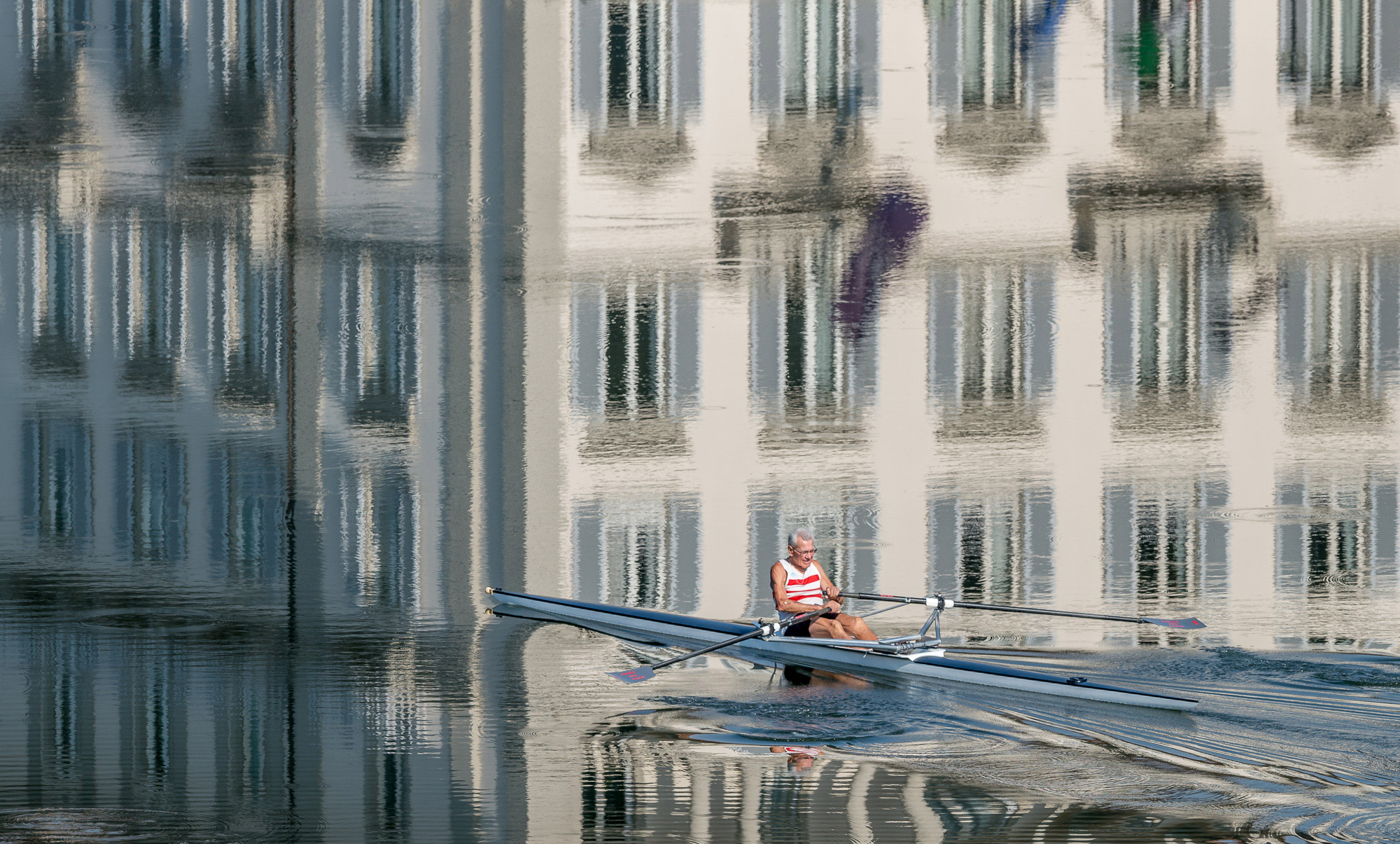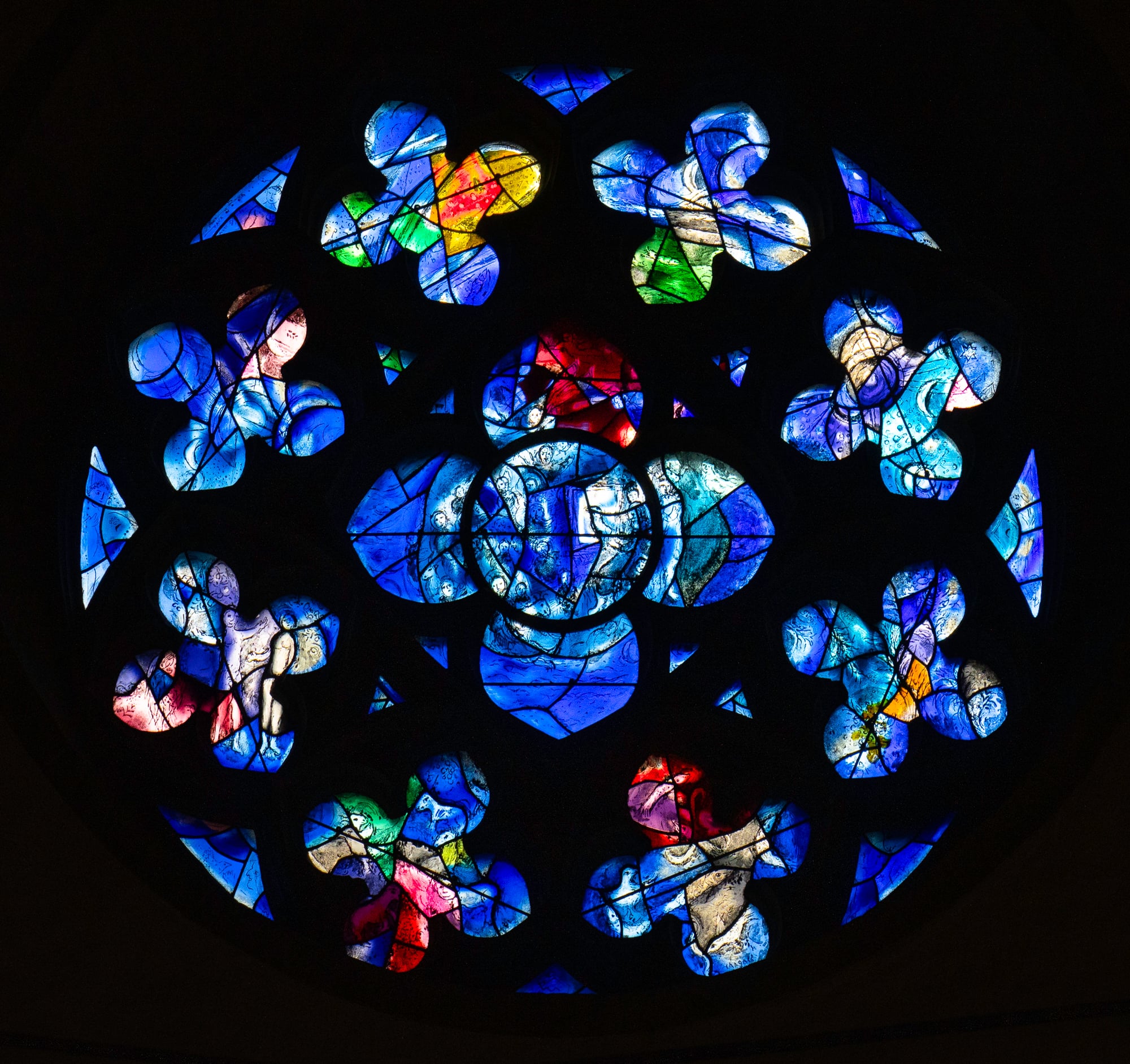New Paper Treats from Very Reputable Folks
The printing neighbourhood is growing, with another two “Barytas” – one has moved-in already – Hahnemuhle’s Photo Silk Baryta (HPSB) 310 gsm; the other will be at a store near you next January: MOAB Juniper Baryta Rag (MJBR) 305 gsm.
These papers can be purchased at B&H, Hahnemuhle and Moab


Profiling and Data
Having received sample packs of both, I decided to profile and compare them with my standard, Ilford Gold Fibre Silk (IGFS), which by the way, is returning to dealer stock “soon” – we are told, and will be identical to its predecessor (we’ll see).
I think for most intents and purposes, the paper market has plateaued – not to say there won’t be room for new and substantially different offerings that cater to different needs and tastes – but these two aren’t that. Very nice papers, but nothing revolutionary.
The king of gamut volume remains IGFS – at least for my Epson 4900 and profiling kit. The latter, by the way, is the X-Rite Pulse Elite with 729 patch target – it’s discontinued so I periodically match its outcomes against third party profiles using the latest stuff on the markets, and I have to say – it remains an excellent profile maker. The important procedural point is that I use exactly the same profiler and options for all the papers of a similar class that I test, so the profiles and their outcomes can be compared legitimately.
The gamut volume differences between the three papers aren’t large and most likely won’t be seen in a print: or, I didn’t, comparing the Atkinson printer test target (very similar to its publicly available successor, the Outback printer test target) for all three. Here are the gamut volume numbers (read from the profiles analyzed in Color Think Pro):
IGFS 966,999
HPSB 951,157
MJBR 934,217
The tint of the MJBR is slightly warmer than that of either IGFS or HPSB; the latter two are quite similar to each other. As Legion explained to me: ” The only way Moab would want to enter the crowded Baryta market is to do things a bit differently, so we looked at what was out there and noticed most of the options were all cooler in tone, so we went in the opposite direction.”
Surface texture differences are minimal, and you only see the texture when the paper is viewed at an angle to the light that isn’t the same as that for viewing the photographs printed on it.
The paper backings differ: MJBR has a texture-rich cotton fiber backing, whereas the base of the other two is smooth alpha cellulose. For those who think the “feel” of the paper matters, MJBR may be the more attractive of the three, though we don’t know the pricing yet.
Whereas the HPSB has “very low” OBA content (ref. B&H website), MJBR has none (ref. Legion/Moab sample pack information) and IGFS has none (ref. Wilhelm-Research).
I was unable to find any print permanence data for HPSB and MJBR, whereas that for IGFS is published on Wilhelm-research.com; hence, I cannot compare the papers for this factor.
I didn’t bother measuring blackness, because the numbers wouldn’t tell me anything more useful than what I could see by simply comparing the greyscale ramp and the grayscale photos printed on the three papers under the same lighting. The appearance of the quarter-tones from the blackest point upward is extremely close.
The overall impression I get looking at the prints of the Atkinson target for all three papers is that a decision about which to use would depend on taste, availability and price. People who want a slightly warmer look and the feel of cotton fiber would prefer the forthcoming MJBR, while those who prefer a more neutral look and don’t mind the alpha cellulose backing would prefer the other two. Properly profiled and used in the current crop of high quality printers, all three will satisfy on print quality in any respect.
While we can’t convey subtle differences of image appearance between papers this close over the Internet, I can provide some graphs of the profiles, which may be of interest:
HPSB vs IGFS:





MJBR vs IGFS:




Read this story and all the best stories on The Luminous Landscape
The author has made this story available to Luminous Landscape members only. Upgrade to get instant access to this story and other benefits available only to members.
Why choose us?
Luminous-Landscape is a membership site. Our website contains over 5300 articles on almost every topic, camera, lens and printer you can imagine. Our membership model is simple, just $2 a month ($24.00 USD a year). This $24 gains you access to a wealth of information including all our past and future video tutorials on such topics as Lightroom, Capture One, Printing, file management and dozens of interviews and travel videos.
- New Articles every few days
- All original content found nowhere else on the web
- No Pop Up Google Sense ads – Our advertisers are photo related
- Download/stream video to any device
- NEW videos monthly
- Top well-known photographer contributors
- Posts from industry leaders
- Speciality Photography Workshops
- Mobile device scalable
- Exclusive video interviews
- Special vendor offers for members
- Hands On Product reviews
- FREE – User Forum. One of the most read user forums on the internet
- Access to our community Buy and Sell pages; for members only.


